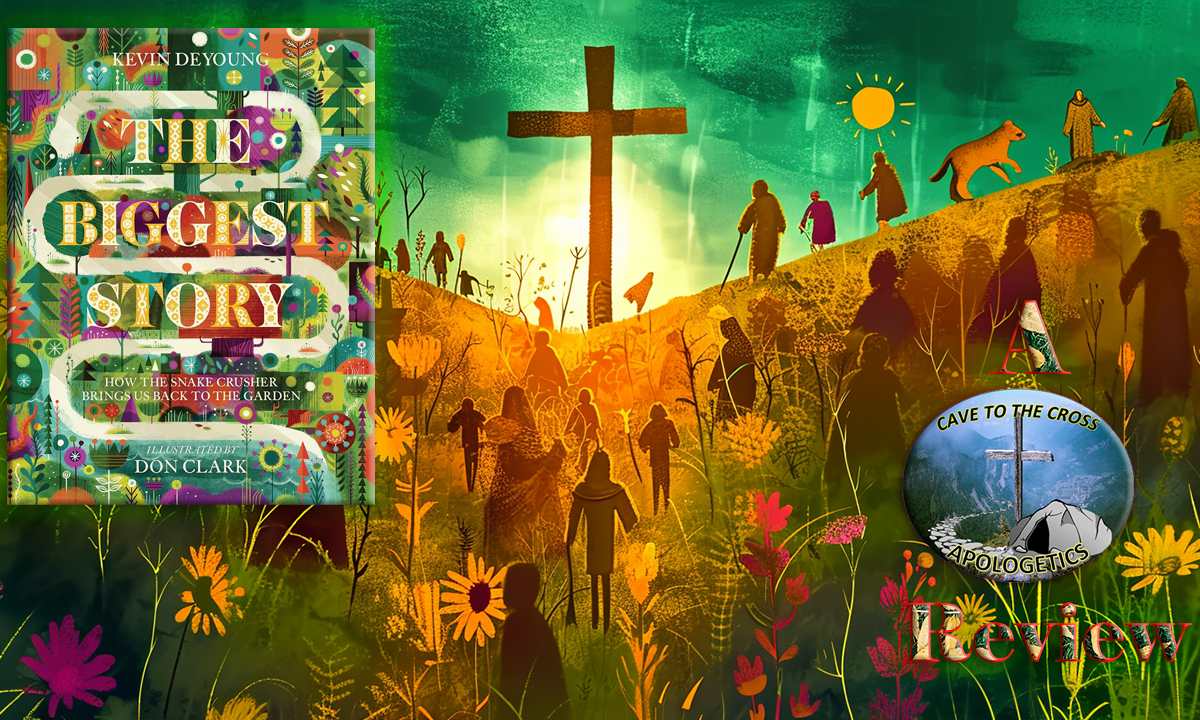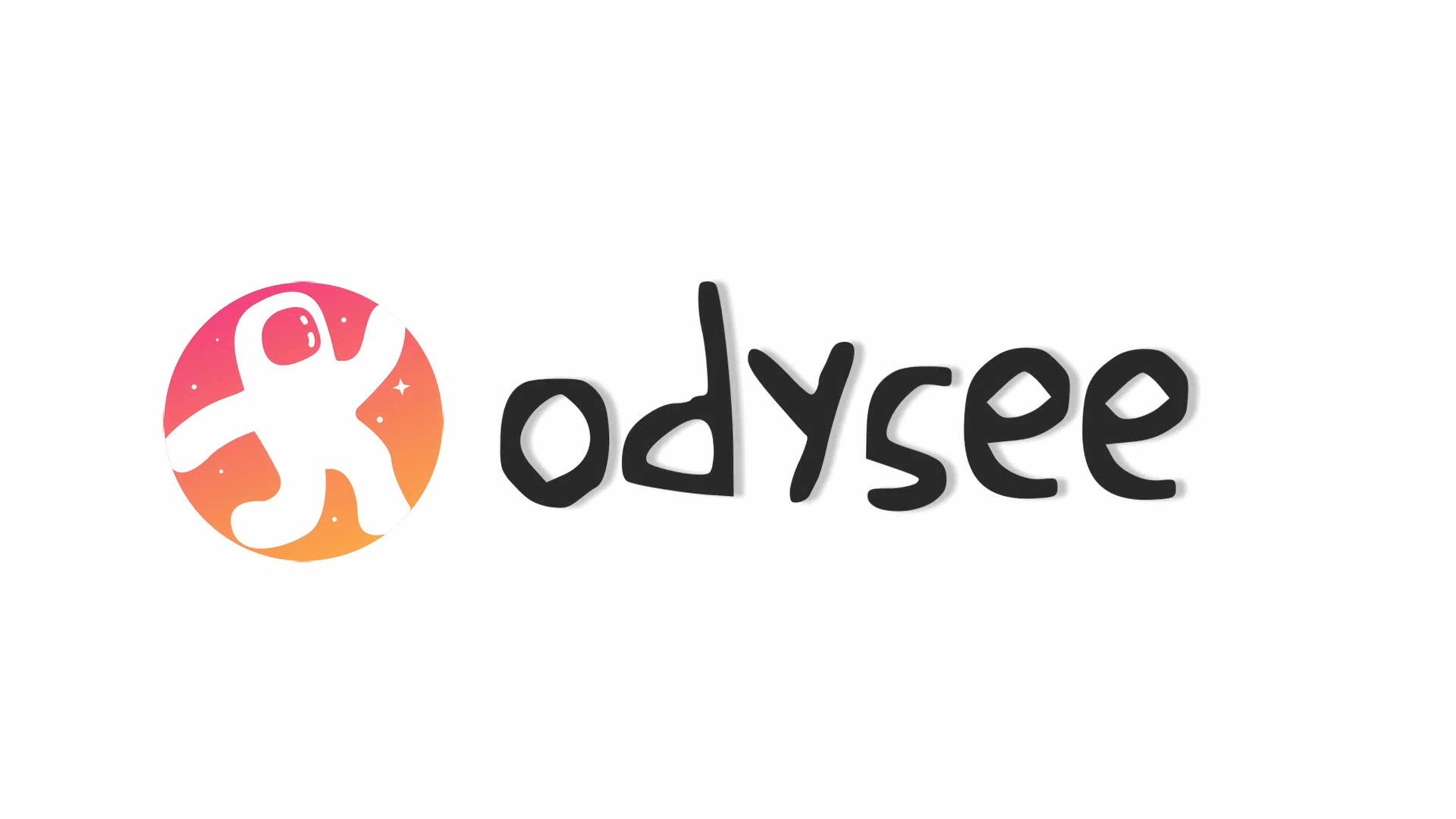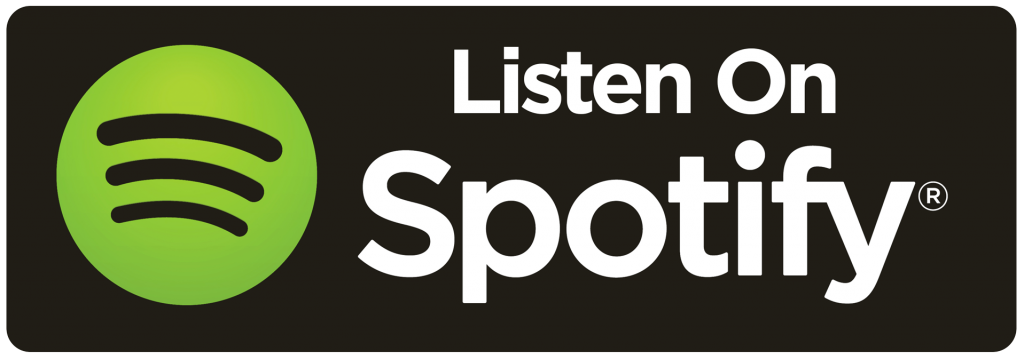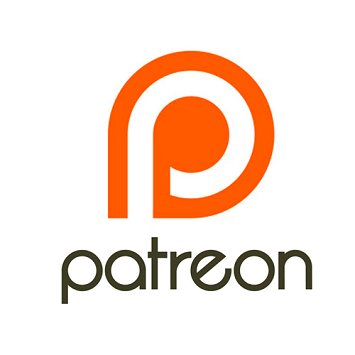As Christian parents of young children, we are always trying to incorporate the Gospel presentation to our children as they are our number one outreach audience we want to see come to salvation in Jesus Christ. And with young children, using pictures and stories is a big help in communicating that message. For the most part, young children’s Christian literature involves the fun stories without the consequences. We get the small Ark with the giraffes’ heads poking out but we don’t get the reason for the Flood to have occurred and being tied to God’s judgment. We get David facing off against Goliath but after the rock knocks out the giant, we don’t see David ending the confrontation with a beheading. The stories of Jesus healing and feeding people and letting the little children come to Him are there but the cross seems to be missing from the stories. We remove death and judgment and the outcomes of sin from the stories to our children and wonder why there’s no drive from them to see Jesus as anything other than our friend. Why see Him as a Savior if we’re not showing them what He’s saving us from – apart from an apple with a bite taken from it?
But then we’ll read to our young children stories of swashbuckling pirates, wizards in battle with orcs, monsters being defeated by knights, or hereos of might. Works of fiction we’ll communicate the hero’s journey, but in the ultimate Hero’s journey we remove the conflict and make the brave One feckless and just another hippie lost to an era long ago.
The Biggest Story from the cover offers the hero’s journey – “The Snake Crusher Brings Us Back To The Garden” and the cover offers a literal path to follow. Here’s a story that recognizes God as a Storyteller and His story being not just the hero winning in the end but offering redemption unable to be realized in a world without the pain and suffering to be redeemed from.
There is judgment, there is death, and there is the Cross – put into their proper context and designed from there the parent to limit or expand upon as needed depending on the age of the child. Yes, there are no lopped-off heads in here but failure by man, judgment, death, and the snake loom around every rock – but so is the God of life and hope and salvation. There is the Cross AND the empty tomb.
The pictures are going to be the big seller of the book and cannot be separated for why this is a good story. The style is that of symbolism and shape and form. There’s almost too much on some pages but done so for a purpose. This isn’t going to Picasso’s cubism as a way of denying reality but in showing the epic nature of the story we exist in and travel in today. The mood is one that feels almost esoteric in weirdness and cosmic in grandeur. Again, one done with a purpose.
The story doesn’t conclude at the empty tomb or with Jesus just smiling after coming back to life as we might see in other books. The story continues because we’re in the midst of the story. The one drawback is I would have liked to seen maybe one page or a few talking about the role of the church in history and the people who have made it up to continue but the story goes to where the title promised us – “back to the Garden”. However, this story shows the grandeur of God’s plan even with the Fall and the salvation of HIs people. This is a resource and tool that should be a gift to all parents who have been given the Gift of New Life.
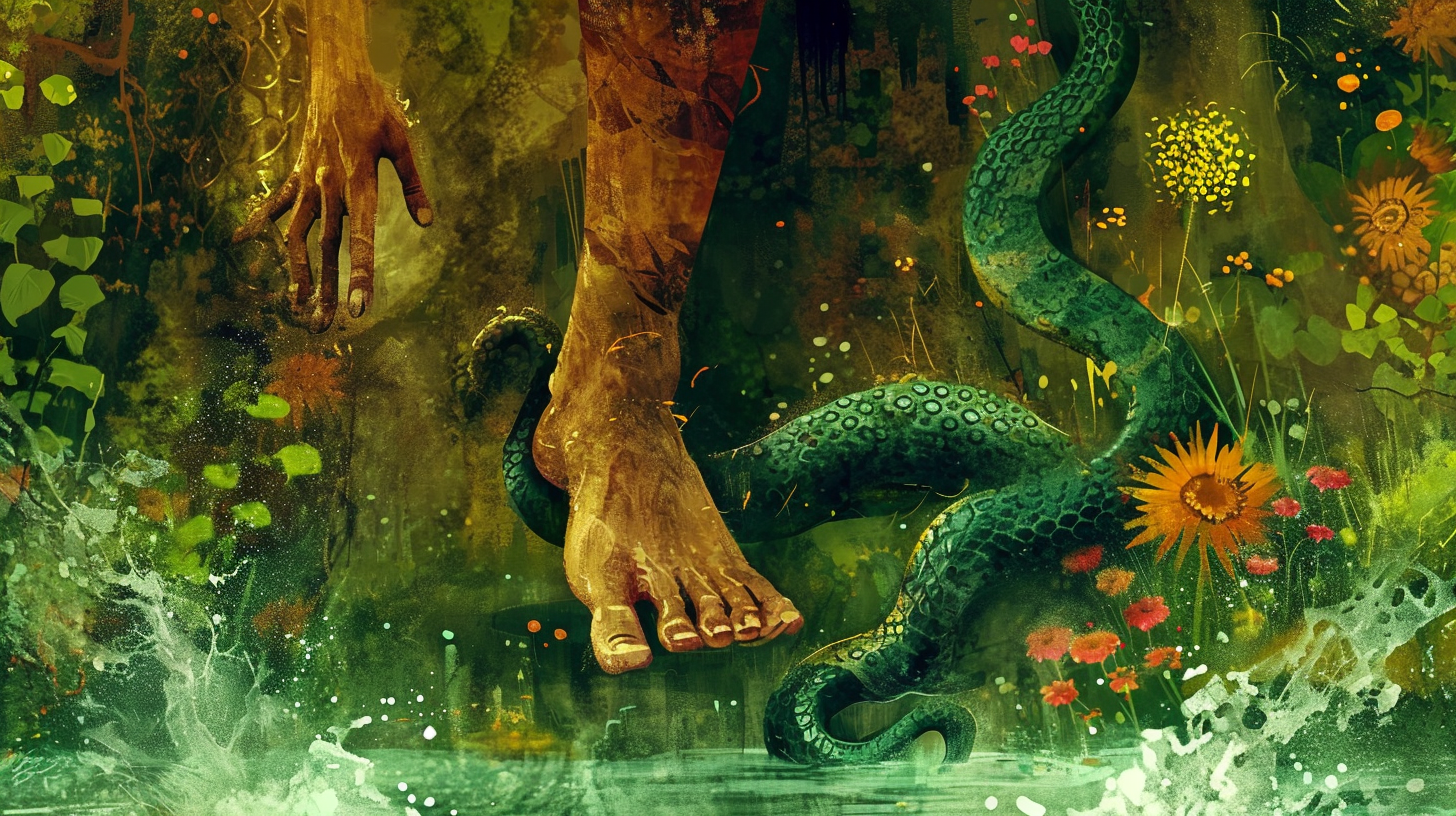
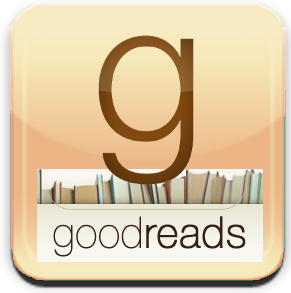 To check out more reviews and see what Patrick’s reading go to his GoodReads page here.
To check out more reviews and see what Patrick’s reading go to his GoodReads page here.
